Exploring Prague
Wed May 09, 2018 5:38 pmUpon arriving in Prague we explored the city, taking photos of historic sites.
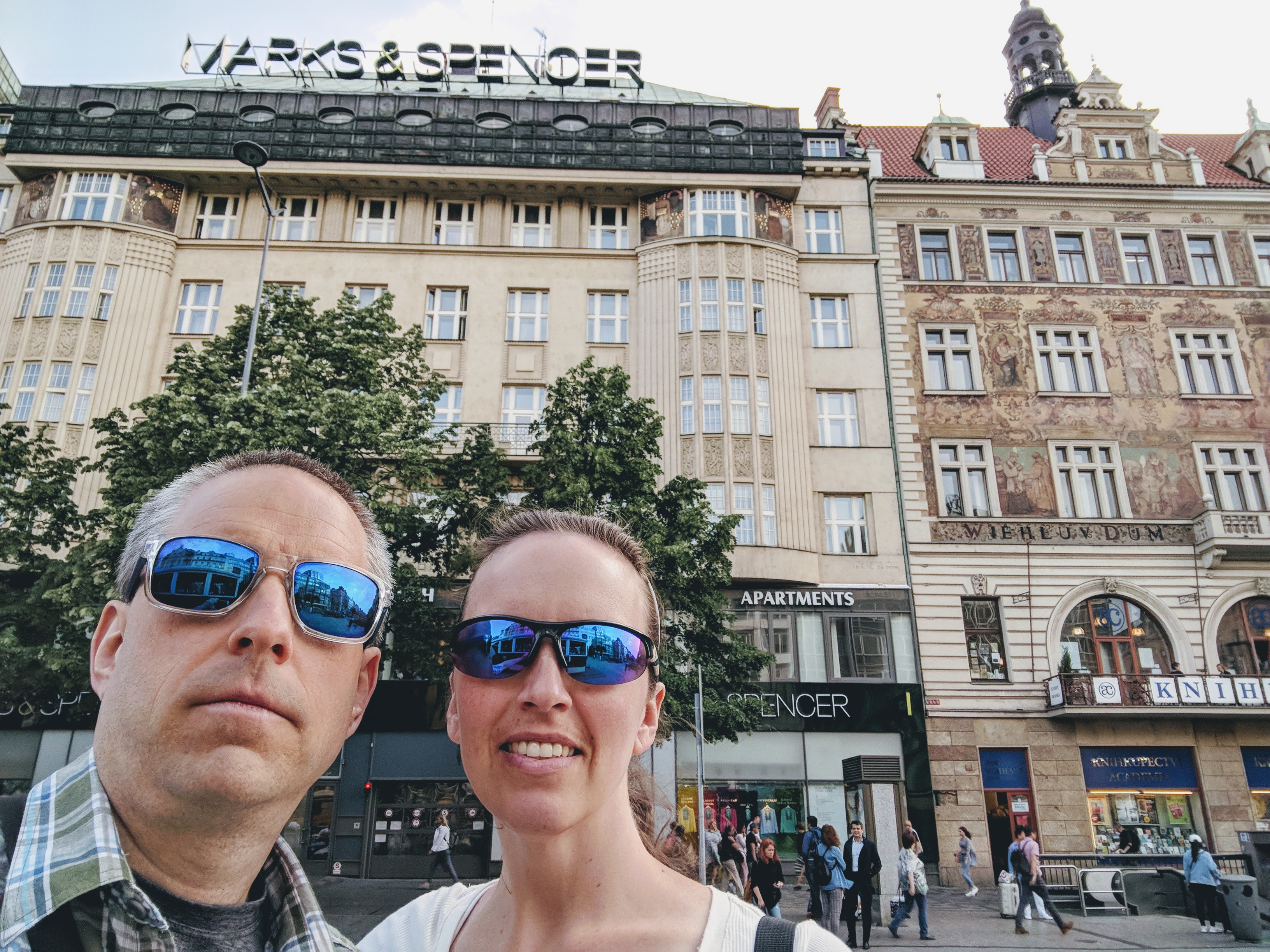
Melantrich Balcony was a speaking platform during the Velvet Revolution in 1989.
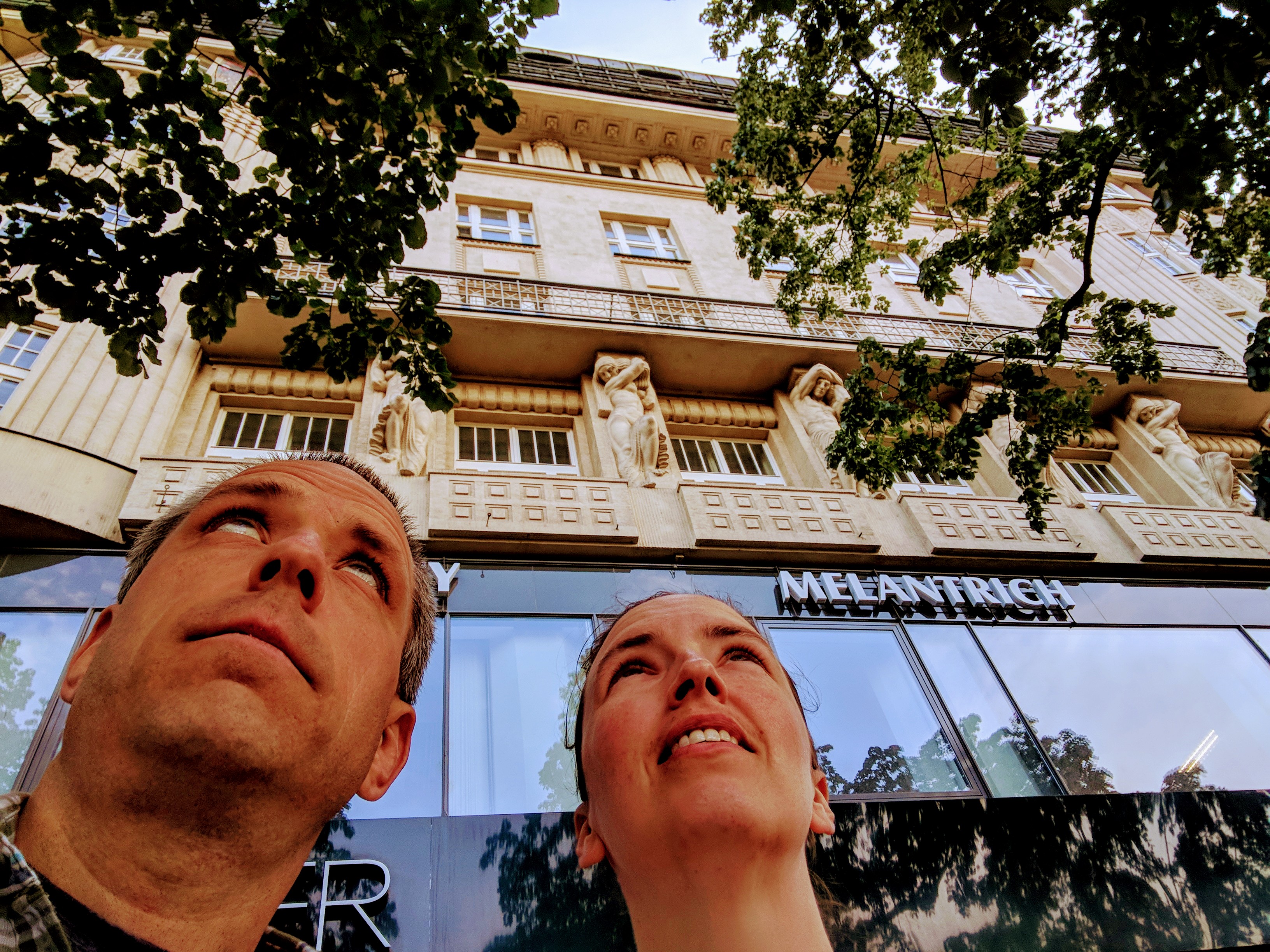
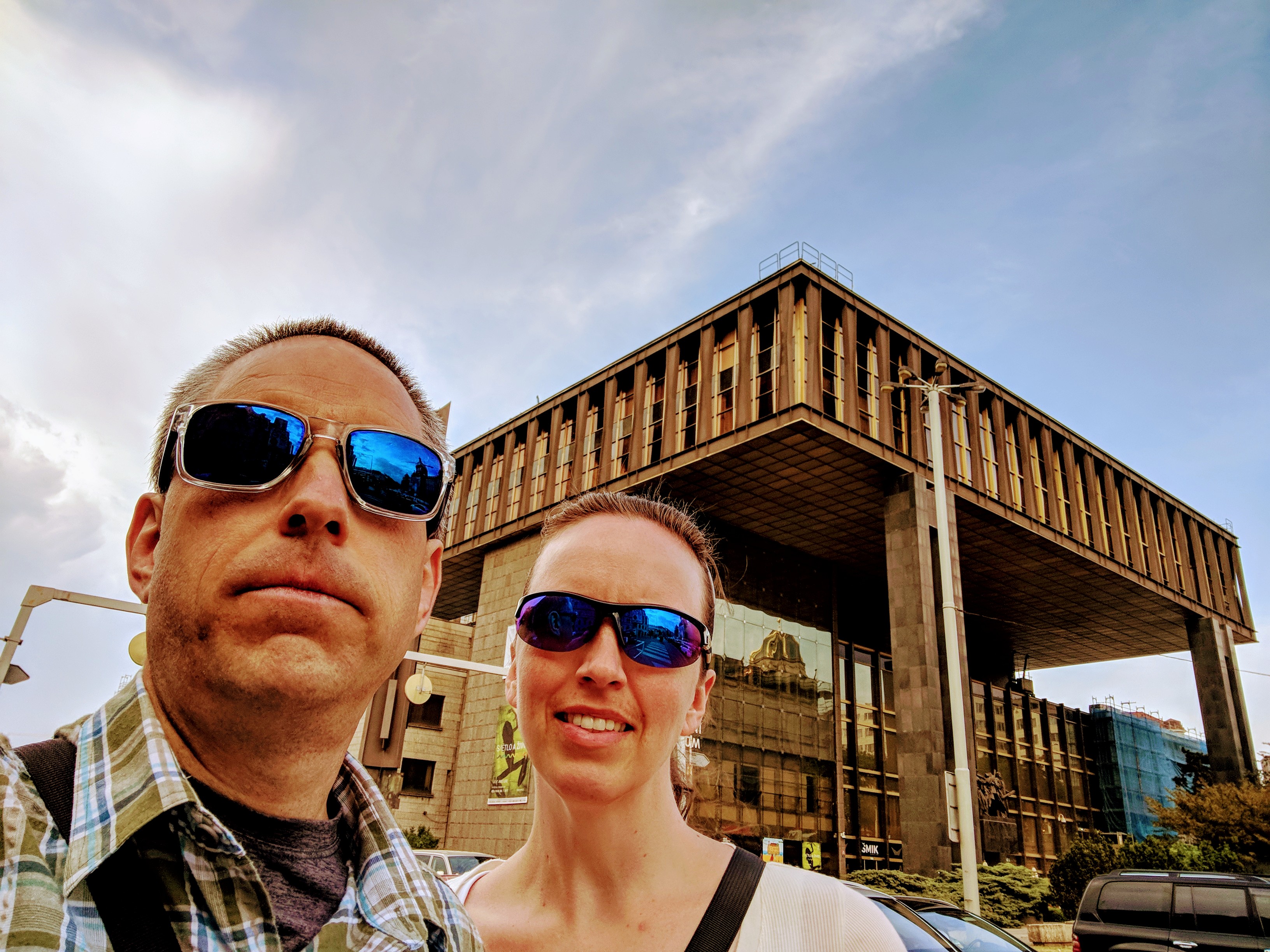
The new building of the National Museum is a Brutalist structure comprised of a platform super-structure above what was once the original Money Exchange (national stock market), and later during the communist era where the National Assembly sat.
Brutalism is an architectural style that features structural elements instead of ornamental design elements.
After the Velvet Revolution, the National Assembly became democratic, whereas during the Communist Era, voting was completely rigged.
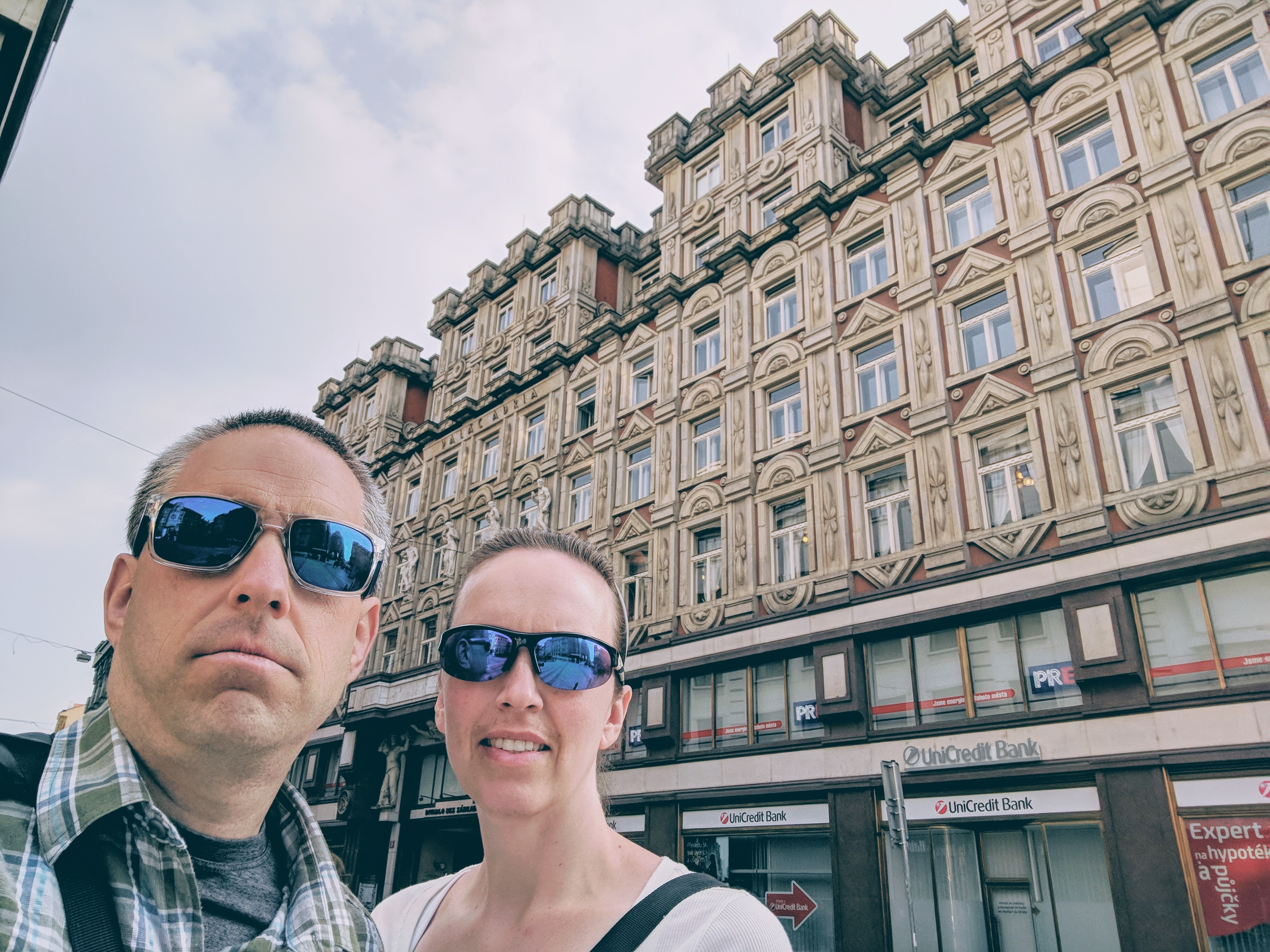
Adria Palace was built by an insurance company in 1924 according to the Rondocubist style. This was during the brief part of the 20th Century that Czechoslovakia was independent and free.
Let’s unpack that last statement. Czechoslovakia was created in 1918 when it was freed from the Austro-Hungarian Empire by the Treaty of Versailles. But then in 1938 Czechoslovakia was occupied by Nazi Germany, and was under Moscow’s thumb during the Cold War, with a centralized political system.
Rondocubism is a variation of Art Deco that combines Cubism with arches.
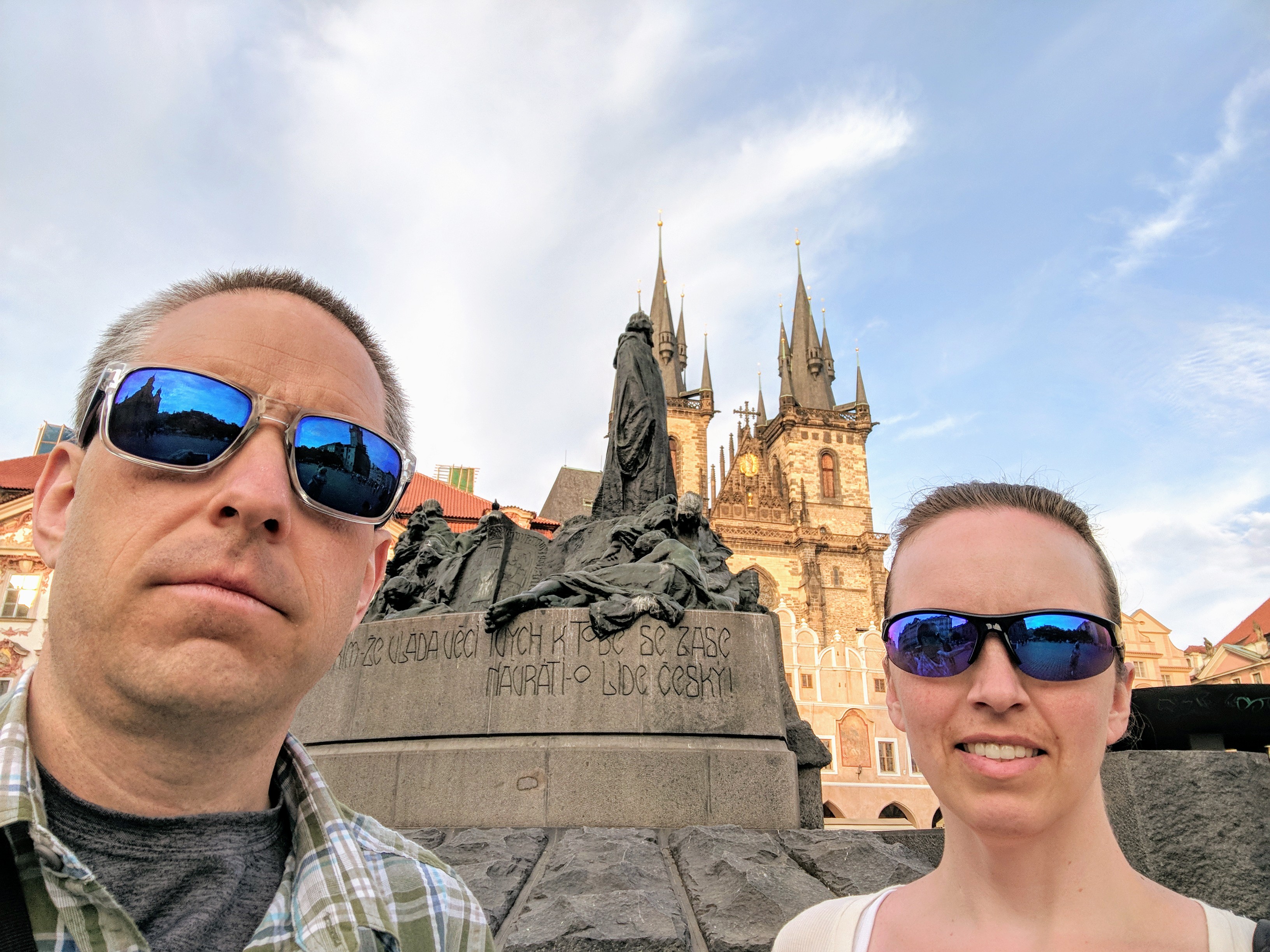
Jan Hus was a Priest who led the Bohemian Reformation in the early 15th Century. You can think of the Bohemian Reformation as the Reformation before the Reformation.
For questioning and disagreeing with Indulgences and Crusades, Jan Hus was tried at the Council of Constance and Burned at the Stake.
Ironically Jan Hus was martyred for heresy at a time when the Catholic Church itself had three competing Popes.
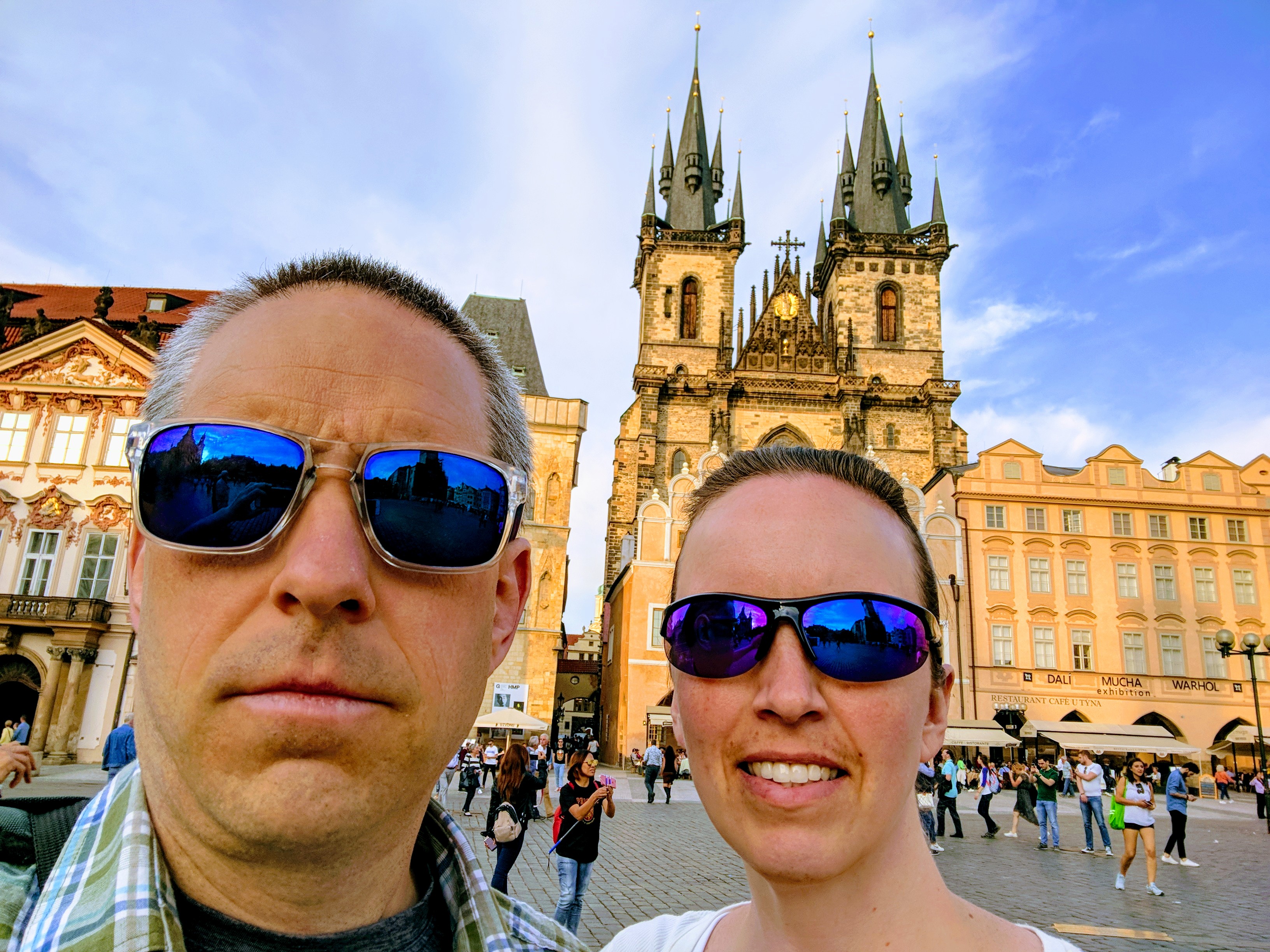
Church of the Virgin Mary before Týn in Old Town Square is a Gothic Basilica Church built in the 15th Century from sandstone.
It fell into Protestant hands during the Bohemian Reformation, but was converted back to Catholicism during the Thirty Years War, after the Bohemians were defeated by the Imperial Catholic League Army under Count Tilly at Bílá Hora.
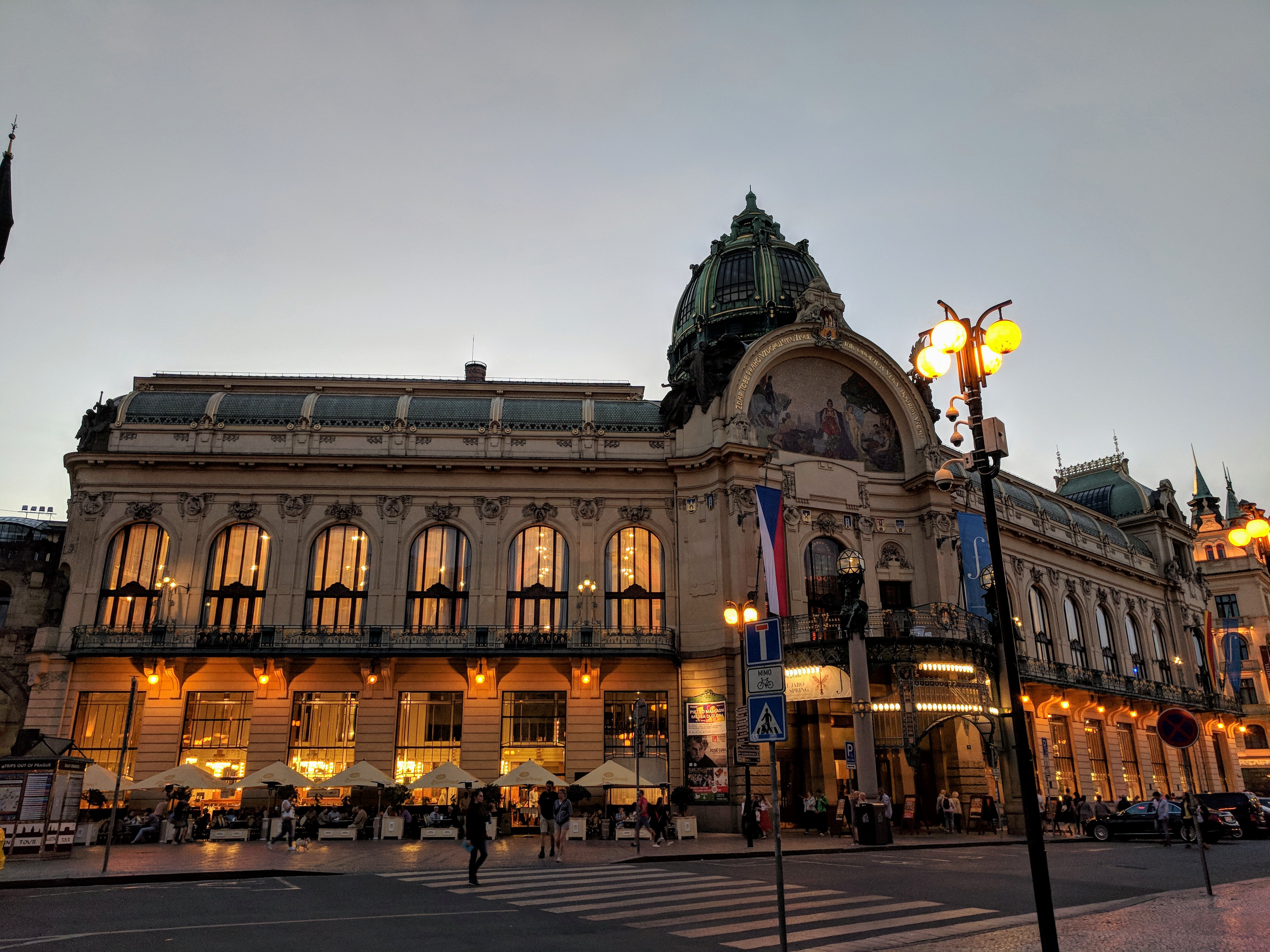
Municipal House is an important cultural venue, with historical connections, which was built in the early 20th Century in the Art Nouveau style.
Prague is filled with original Art Nouveau buildings because the city mostly escaped bombing in World War II.
